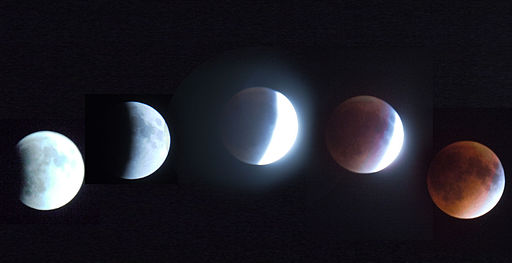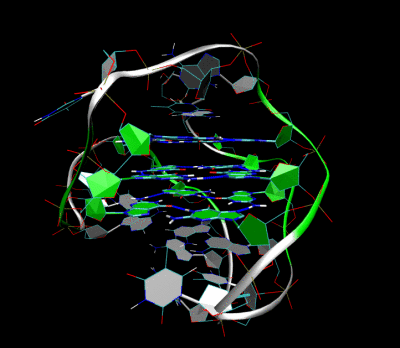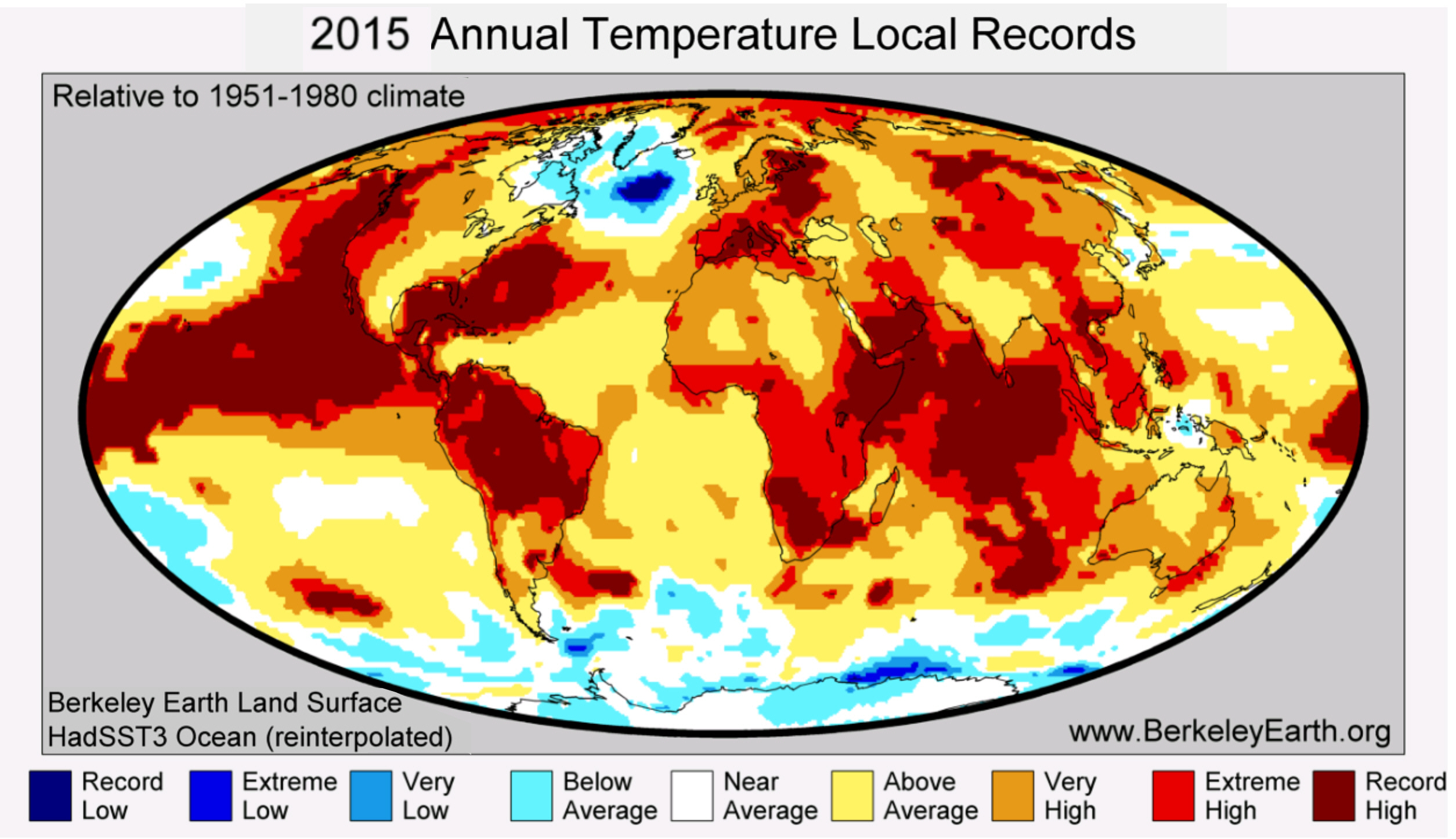Poetry
Art and Environment
Edward Hessler
 |
By George Capalbo (Blood Moon)
[CC BY 2.0 (http://creativecommons.org/licenses/by/2.0)],
via Wikimedia Commons |
On September 27/28 there was a blood moon eclipse and this
site has 11 facts about it. It also includes a clock counting down the total solar eclipse on March 8 2016.
Where I live there were children and adults everywhere outside, in chairs, watching and celebrating this sky magic. And there was also a
full moon on December 25 2015, one more reason to get up early just in case the gray faded quite a bit.
Today's poems are Native American moon calendars.
 |
By Kiefer. from Frankfurt, Germany
[CC BY-SA 2.0 (http://creativecommons.org/licenses/by-sa/2.0)],
via Wikimedia Commons |
TLINGIT
goose moon
black bear month
silver salmon month
month before everything hatches
month everything hatches
time of the long days
month when the geese can't fly
month when all kinds of animals prepare their dens
moon child
big moon/formation of ice
month when all creatures go into their dens
ground hog mother's moon
OJIBWA/OJIBWE
long moon, spirit moon
moon of the suckers
moon of the crust on the snow
moon of the breaking of snowshoes
moon of the flowers & blooms
moon of strawberries
moon of raspberries
moon of
whortleberries
moon of gathering of wild rice
moon of the falling of leaves
moon of freezing
little moon of the spirit
.jpg)








.jpg)


